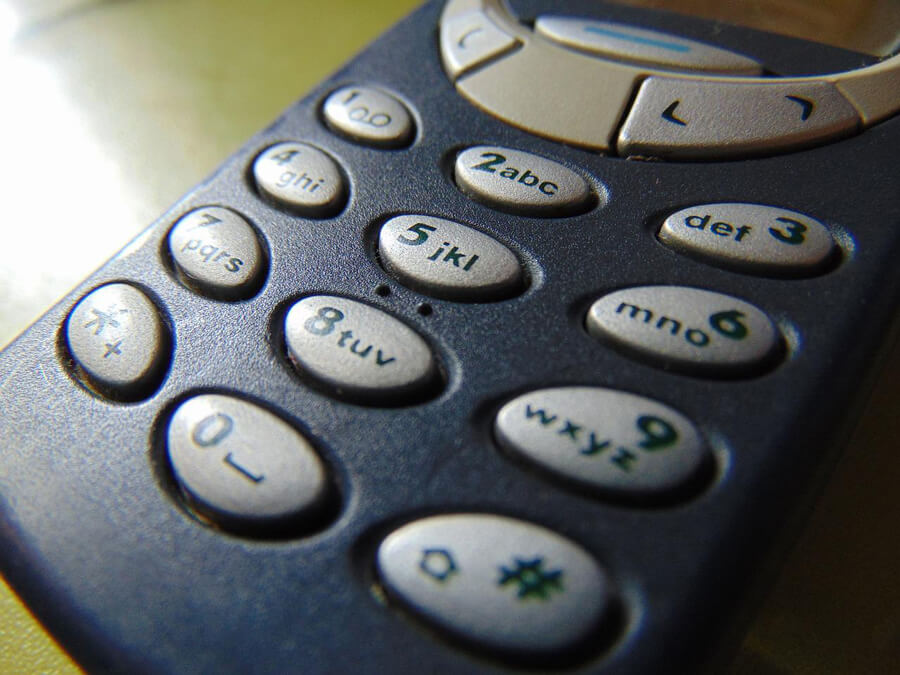The Evolution of Mobile Gaming Technology

While technology has experienced monumental changes over the last few decades, plenty of sectors within this industry have taken on a life of their own and generated billions of dollars of profit. The gaming sector comprises dozens of highly successful facets, and mobile gaming technology continues to play more relevance.
Today we’ll give you a brief overview of where it began, how it stands, and where it is currently heading. We’ll explore the primitive early technology that was a springboard for portable gaming devices and handheld computers. We will look at the highly sophisticated smartphones we use today and everything in between.
The 1990s
Many of us weren’t around in the 1990s, and for those that were, we don’t remember the technology that mobile companies used at the time. Primitive phones, such as the Nokia 3310, were sophisticated for their time and contained fundamentally primitive technology compared to today’s devices.
Many customers prefer the best smartphones to play arcade or casino games with a good experience. Back then, you couldn’t play online blackjack games for real money or even connect to the internet. Still, they were a big step in the right direction for companies who wanted to use the ideas to create bigger and better games on more sophisticated devices.
However, make no mistake, the games on Nokia 3310 phones were still engaging, such as Snake brought in waves of new and interested casual gamers to the idea of mobile gaming. As we know, Snake is a continuation of the Blockade arcade game from the 1970s, and it’s still a popular game now amongst certain gamers who prefer the 2-dimensional, basic aspect of certain games instead of those overloaded with graphics, colors, and sounds.
21st-Century Mobile Gaming
Throughout the early 21st Century, phones went from large, block-like designs to sleeker and more unique ideas. In the space of a few years, mobiles went from being unable to connect to the internet to being able to browse the web and take pictures.
When Steve Jobs unveiled the first iPhone in 2007, the mobile gaming world changed forever. You could now use your phone to connect to the internet and play games against each other, and you could also use the App Store to design your games and encourage people to download and play them.
This was a considerable change in the shift of gaming. Never had a designer of a prominent piece of technology handed the keys of the kingdom to budding mobile app and game developers and told them to try their hand at compiling their own game. The App Store was used for much more than that, as we know, but as far as mobile gaming design was concerned, for gamers looking to have a global store to sell their designs, this was like the Big Bang.
In addition, big gaming companies such as Sony marketed and released their PSP (Play Station Portable), which shifted tens of millions of units worldwide and was considered a resounding success for the Japanese-based company.
The 2010s
As we entered the 2010s, mobile phones could do everything a laptop/computer could, was a fraction of the size, and had made serious inroads into gaming. Although console games remain the most popular choice and still maintain the lion’s share of the gaming market, the mobile gaming industry is phenomenal in size and scope.
The technology and sophistication in the design of these games increased massively. Some games you can play on your mobile phone, such as Candy Crush, have been downloaded more than 2.5 billion times. All the top mobile games on the App and Android stores have hundreds of millions of downloads and are played worldwide.
Mobile phones today contain an array of categories, including decentralized gaming, casino gaming, Metaverse gaming, and dozens of other categories. You can use your mobile phone to play remakes of games from other consoles like the XBOX or PlayStation, and you can play games with a more primitive design, such as Snake or a whole host of other basic retro games.
Conclusion
Figures suggest that nearly half of the world’s population owns a smartphone. This number will only increase over the next decade as more of the world’s poorer countries have greater access to cheaper phones and better internet connectivity.
One of the critical reasons mobile gaming skyrocketed in popularity was because the games themselves were mostly free. Occasionally, some games would require a one-off payment or in-game purchases. However, for the most part, these games relied on the advertisement revenue generated and displayed during the game.
It’s challenging to see where the sector heads from here. It seems like every possible development has occurred. However, it seems like the future of mobile gaming will focus on revamped versions of classic games, maybe a branch into 3D gaming, and decentralized gaming becoming more widespread if cryptocurrency takes off again.
🔙 Back to Articles list.